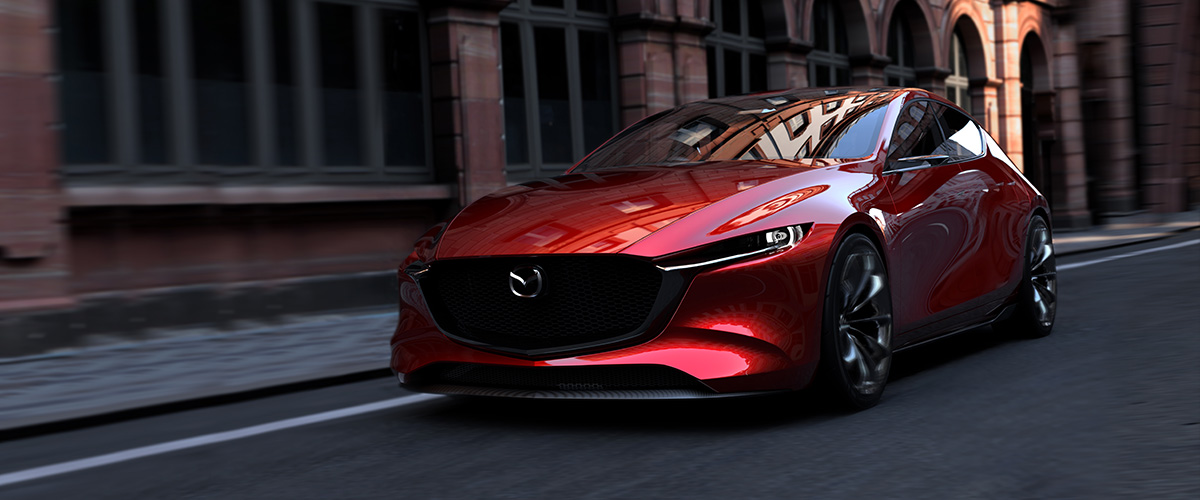While vehicles that plug in for electric power comprise just more than 1 percent of vehicles sold in the United States, electric vehicles may not remain such niche products for much longer. According to a new survey from AAA, as many as 20 percent of consumers want their next car to be electric, which is up five percent from this time last year. The reasons why 80 percent remain disinterested are obvious and well covered – from range anxiety to lack of infrastructure to the fact that batteries are a new technology that haven’t yet been optimized – but those interested in EVs say that the benefit to the environment outweighs the concerns.
But is that even accurate? In China, the government has been offering huge subsidies to encourage automakers to build and sell electric vehicles and the country has the highest adoption rate of EVs of any in the world except Norway. The problem is, their smog problem isn’t going away. In China, 72 percent of the country’s electric power is generated from coal, which, regardless of what conservative talk radio may tell you, is not clean and cannot be made to be clean. You can merely capture and store the carbon byproduct of burning coal to create power. They’re not doing that in China though, and oil company CNPC found that electric vehicles emitted more than double the toxic PM2.5 particles that generate China’s smog than do standard internal combustion vehicles. And, if you like your statistics not brought to you by an oil company whose interests may be somewhat skewed, a University of Michigan Transportation Research Institute paper found that cars that achieved greater than 40 miles per gallon were actually more environmentally friendly than the electric vehicles being made in China. And that’s just when it comes to operating the vehicles.
Add to that a Harvard and Tsinghua Universities study that reported that China’s production of EVs, PHEVs and fuel-cell vehicles generated 50 percent more greenhouse gas emissions than production of internal combustion cars, it’s hard to make the case that electric cars are the more environmentally friendly solution.
Photo by Gwenn Dubourthoumieu
And speaking of production, that’s looking like it’s going to get harder before it gets easier. I’ve discussed this a bit before, but the situation is only worsening when it comes to the global supply of cobalt, which right now is a critical part of the lithium-ion batteries that power most electric vehicles. About 60 percent of the world’s cobalt supply is located in the Democratic Republic of Congo, a country with a humanitarian rap sheet as long as the receipt you get from CVS when you go in just to get some gum. High taxes, the use of child labor and an unstable government all contribute to huge volatility in the cobalt market, which has gotten analysts revising their figures about when they think a shortage is going to hit. The answer is sooner than later. Though the CEO of Cobalt 27 Capital, the owner of the world’s largest stockpile of cobalt, ensures that there won’t be any supply shortages, he does not go on to say just how much companies will have to pay for that supply – costs that would undoubtedly be passed on to consumers and therefore delay adoption of EVs because they’re too expensive. Non-cobalt-company-CEOs are less optimistic, with Bloomberg New Energy Finance and Darlton Commodities both predicting shortages as soon as 2021. Prices have already spiked 300 percent over where they were in 2016 and capacity is not expanding as quickly as demand, which is a recipe for higher prices.
Fortunately, several companies are getting off their asses and doing something about this. Panasonic announced this week that they are working towards lithium-ion batteries that achieve zero cobalt usage in the near future and have been already reducing its content in the batteries that they supply, primarily to Tesla. Samsung too has been working to reduce cobalt content below the 5% of batteries it currently achieves, and they are hoping to expand recycling programs that will recover cobalt from used cell phone, computer and other lithium-ion battery sources. Currently recycling rates are somewhere between 25 and 50 percent, so there’s a lot of potential for improvement there. Chinese automaker BYD is also developing batteries with a nickel-manganese-cobalt ration that reduces the amount of cobalt, which, in addition to lowering prices, apparently extends the life of the battery, which is a win-win for companies and consumers.
For even more bad news, cars aren’t the only things using lithium-ion batteries. Companies and utilities are expanding the use of modular energy storage systems to better utilize distributed energy resources like solar and wind farms and even hydroelectric generation, so there’s another force working to increase demand for cobalt and other precious metals. Full disclosure- I work for a company that makes those big battery storage units and they are flying off the shelf, so companies will have to both ramp up cobalt production and R&D into technology that uses less of it if there’s any hope of averting a shortage or at least a price spike.
But back to the cars – what does all this mean for those of us who just want a Jeep Wrangler plug-in hybrid? The truth is somewhere in between everything. While 20 percent of people would love an electric vehicle as their next car, not that many will take up the technology, especially with 80 percent of such vehicles being leased right now. It shows that public trust isn’t there that we’ve really mastered electric cars yet and nobody wants to be locked into technology that’ll be obsolete in a couple years. Cobalt demand will cause prices to remain high but the price of gas was high and look what that did – it spurred investment into the research and development of electric vehicles, which have lowered demand and prices have eased up, if only just a bit. The market will adapt, companies will continue to innovate and while EVs aren’t optimized right now and the electrical grid (especially in China) isn’t well suited to provide clean energy for them, it won’t always stay that way. Nor does it mean that EVs are destroying the planet, it just means they’re maybe not as green as we want them to be yet. We’re on a good path right now and have unprecedented choice in vehicles. At least until companies start thinking like Ford, but I don’t think it’s going to become too widespread.
Authored by
Devlin Riggs
















